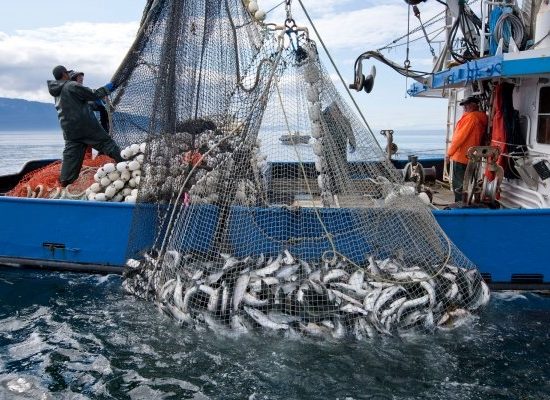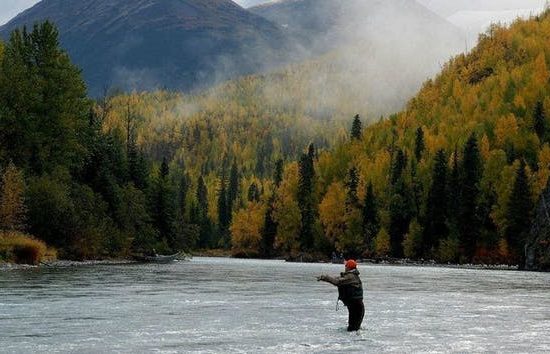Although Kodiak Island, the second-largest island in the United States, relied on hydropower for 80 percent of the electricity production, it was also burning 2.8 million gallons of diesel per year, at an annual cost of $7 million.
In the face of climate change and high electricity costs, the board and managers at Kodiak Electric Association (KEA) set a goal of producing 95 percent of the community’s electrical needs with renewable energy by 2020. They actually arrived there well ahead of time, and are now 99.7 percent renewably powered by wind and hydro.
The state of Alaska has a renewable energy fund created in 2008 by the Alaska Energy Authority to help finance renewable energy projects and reduce and stabilize the cost of energy.
The financial rewards of the project have been great. According to Kodiak Electric Association CEO Darron Scott, the community is saving. Electricity rates have gone down, and are now 2.5 percent lower than in 2001. “The stable electricity rates have also brought in more construction, expanded the fishing industry and brought in more jobs and tax revenue,” Scott told RMI.
The state of Alaska has a goal of reaching 50 percent renewable energy by 2025. Kodiak Island is providing a great example of how to reach and even go beyond that goal. In fact, the Alaska Energy Authority and the Kodiak Electric Association won the 2014 State Leadership in Clean Energy Award for their renewable energy programs.
“Both the Alaska Energy Authority and the Kodiak Electric Association are putting into practice five principles that I believe are in our national interest,” said Alaskan Sen. Lisa Murkowski in a congratulatory speech. “And those are to make energy abundant, affordable, clean, diverse and secure.”
See Full Story at Green Biz










